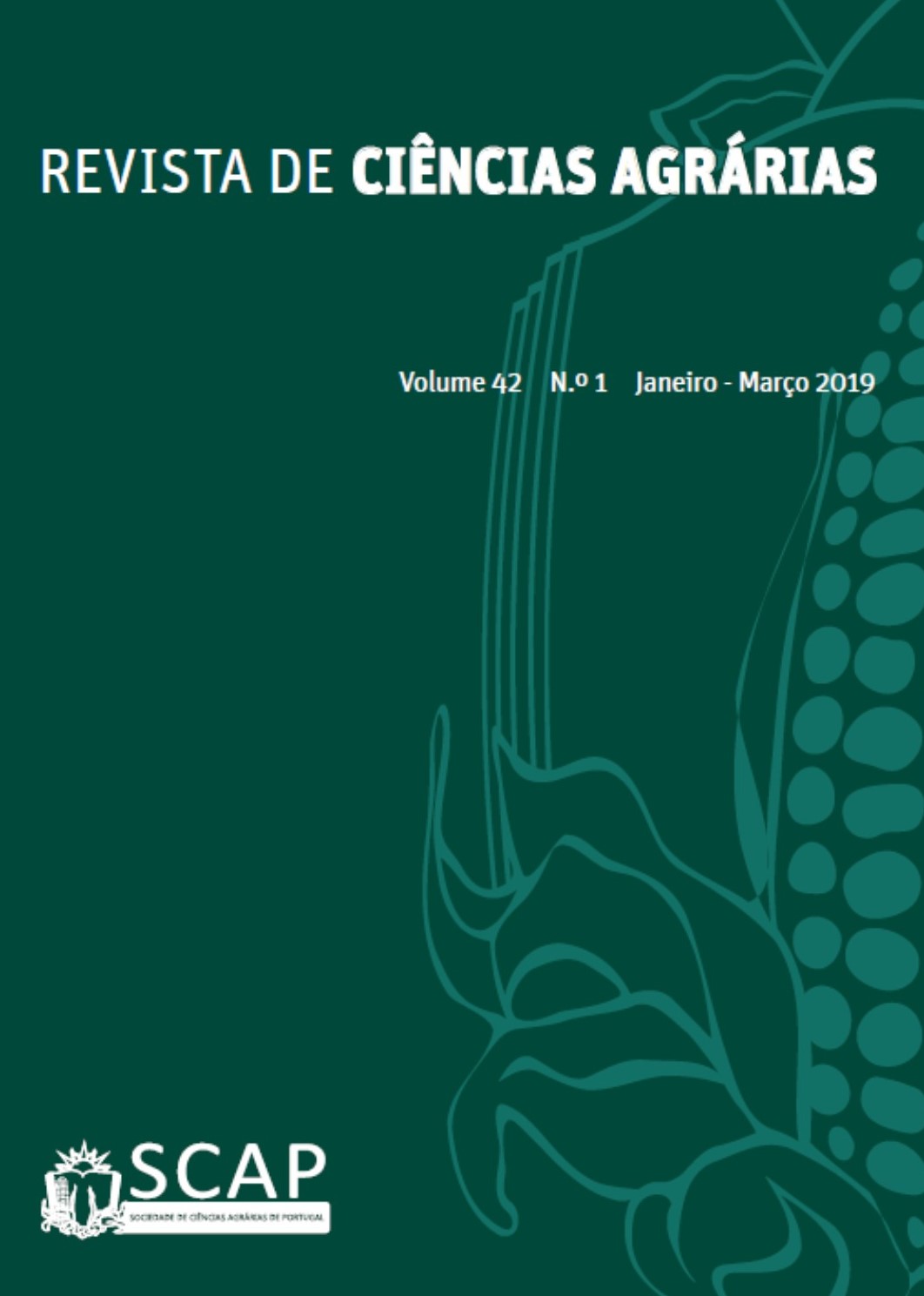Fruit quality of watermelon germplasm grown in agroecological production system in the Submiddle of the San Francisco Valley, Brazil
DOI:
https://doi.org/10.19084/RCA18235Resumen
We evaluated watermelon germplasm from traditional agriculture on the nutritional quality of fruits in an agroecological system of production for to identify promising genotypes for a pre-breeding program of the species in the Submiddle of the San Francisco Valley. We used 23 watermelon accessions of the Vegetable Germplasm Bank of the Federal University of Valley of the San Francisco (BGH/UNIVASF) and four commercial cultivars were used in a randomized block design, with three replicates. The management was based on agroecological techniques. We harvested the most developed fruit of each plant and from them we took samples of the pulp to form composite samples for quality assessment. We evaluated the content of soluble solids, total titratable acidity, vitamin C, lycopene and total soluble solids/total titratable acidity ratio. Uniformity was observed for vitamin C content. However, there was variability for soluble solids, soluble solids/titratable total acidity ratio and lycopene. The accessions BGH/UNIVASF 67 and 121 are promising because they have good fruit quality and large genetic dissimilarity. In order to maximize the chances of genetic gains we cancross the commercial cultivar “Perola” or Sugar Baby with accessions that presented good means and genetic divergence, such as BGH/UNIVASF 67, 91 and 121.


